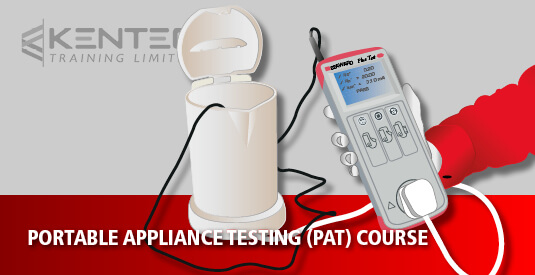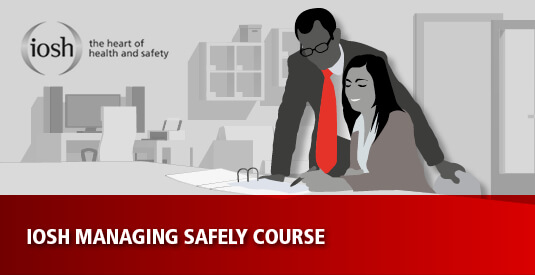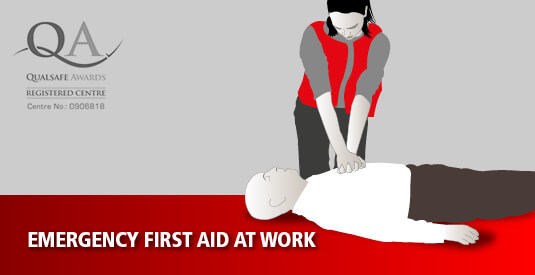Our PAT (Portable Appliance Testing) Training Course lasts for one full day between the hours of 8:30am - 3:30pm. It is most suited to those who would like to begin a career in PAT testing regardless of whether they already have experience in the industry or are new to the field. Also, the course is perfect for those who are responsible for maintaining portable appliances in their work environment.
You do not have to be an electrician to become a qualified PAT tester, Kentec Training courses are open to anyone. With easy access from all areas of the South East, and thanks to the expert tuition provided you can learn how to perform PAT testing no matter what your background is.
Whether you're an individual required to carry out PAT testing or a larger organisation required to conduct testing of all your electrical equipment, Kentec Training can provide the necessary training to make sure you are fully qualified as a PAT tester.
Since the safe use of portable appliance testing tools require that delegates consult safety notices and read and thoroughly understand the manufacturer’s instruction manual, English literacy and language comprehension at CEFR Levels C1/C2 are important requirements for any user.
Successful delegates will receive a Portable Appliance Testing (PAT) e-certification accredited by Kentec Training valid for a period of 3 years from the date of the course.
The agenda for the PAT (Portable Appliance Testing) course includes:
- Why do we carry out PAT Testing?
- The law - what are your legal obligations?
- Principles of Electricity - Understand what the readings and measurements mean and the relationship between voltage, current and resistance
- Classification of Appliances - Class 1, 2 and 3 appliances - Find out how to tell the difference between different types of appliances so that you can carry out the correct tests
- Electrical Dangers - Discover important aspects such as why you need an earth wire, what insulation is for and how we test it.
- IET Code of Practice - We take a look at the theoretical aspects of the code of practice so that you can find any information you may need during the test
- Recording Results - How should you record your test results? What is the minimum requirement? Should I use software?
- Types of PAT Tester - What are the best types to use and explain the differences between them
- How to use a PAT Tester - The most important section. We go through the tests in detail with lots of different types of appliance so that you can have the confidence in what you are testing.
- Bring your own! Bring your own PAT Tester to the training course and we'll show you how to use it. As we supply test equipment as well we're experts in what we do and we know our machines and how they work.
"Opened my eyes and mind to the obvious potential dangers, and the importance, of PAT testing, for the protection of others and peace of mind, Thank You!"
- Stephen Saxby (May 2022)
"Very informative course, well presented in an interesting manner"
- Martin Dix
"Excellent, easy to understand and learned a lot and feel confident"
- Jack Entwistle
"Good, clear, precise information given by great trainer"
- Peter Smith
"Great experience, very exploratory with any points needed"
- Greg Issom
"Very thorough throughout the course. Very enjoyable too. Thank you Kentec!
- Lucy Barnett




